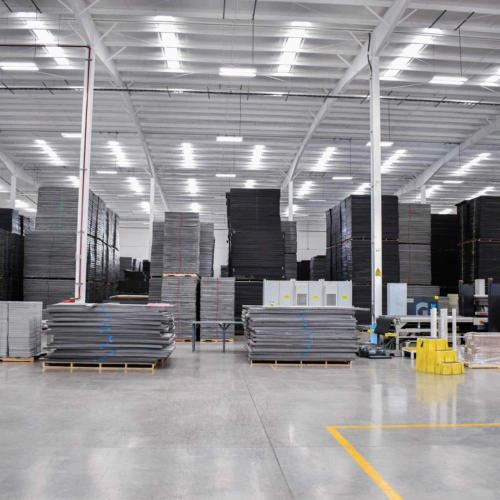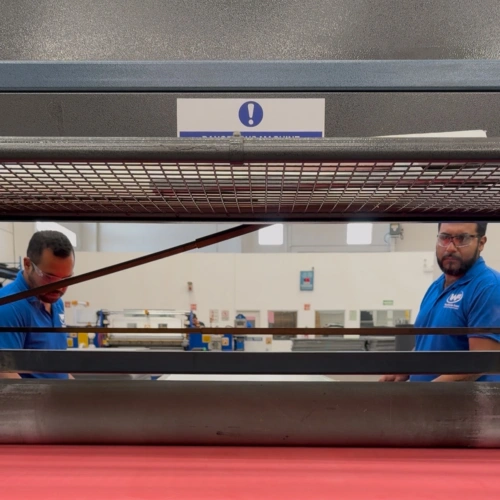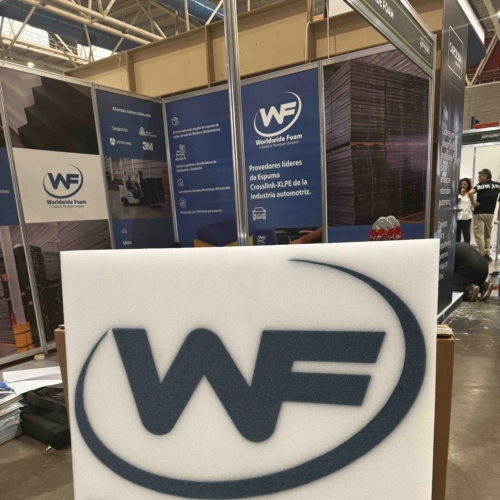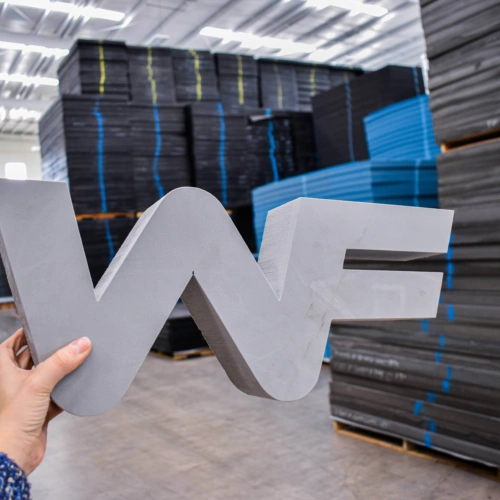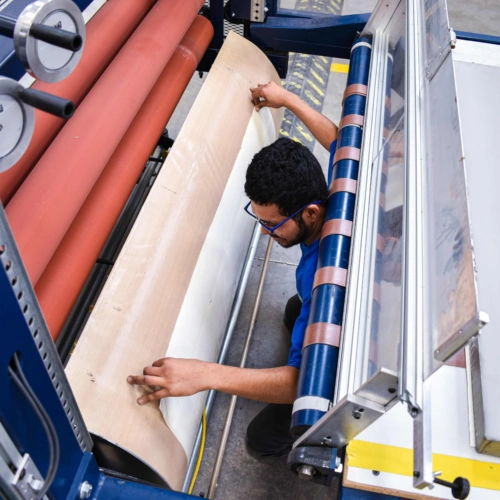| November 26, 2024
Choosing the right packaging material can be the difference between a product arriving intact or damaged during transit. Among the top options, polyethylene foam, Crosslink XLPE, Zotefoams, elastomeric foam, and Sealed Air products stand out for their unique properties.
This comprehensive guide compares the characteristics, advantages, and applications of each material to help you select the best solution for your needs.
What Is polyethylene foam, and why is it so popular?
Polyethylene foam is a closed-cell material that offers an excellent combination of light weight, strength and durability. It is ideal as a cushioning material, as it effectively absorbs impacts and protects sensitive products during transportation or storage.
Its main advantages include flexibility, as it easily adapts to various product shapes and sizes, as well as resistance to moisture and chemicals, which is perfect for industries such as food and medical.
On the other hand, another of its most important characteristics is its durability, helping it to withstand extreme conditions without losing its physical properties. These characteristics have made polyethylene foam a quality standard for packaging applications in multiple industries, from automotive to electronics.
Comparing polyethylene foam to other packaging materials
Here’s a detailed comparison of polyethylene foam and other leading materials:
Crosslink XLPE
Crosslinked polyethylene (XLPE) is a high-density foam designed for demanding packaging needs.
Advantages
Exceptional thermal resistance for products exposed to temperature fluctuations.
A rigid and uniform structure, ideal for structural packaging.
Superior cushioning for delicate electronic components.
Key Industries: Electronics, aerospace, medical devices.
Zotefoams
Zotefoams is a renowned brand specializing in closed-cell foams produced through physical expansion, ensuring uniform density and high quality.
Advantages
Extremely lightweight, reducing transportation costs.
High resistance to chemicals and mechanical wear.
Aesthetic appeal, perfect for premium presentations.
Common Applications: Luxury packaging, thermal insulation, and customized projects.
Elastomeric foam
Elastomeric foam is known for its flexibility and cushioning capabilities. While it’s less rigid than XLPE or Zotefoams, it excels in specific uses.
Advantages
High flexibility, suitable for wrapping irregularly shaped products.
Strong compressive resistance for repetitive-use packaging.
Excellent performance in acoustic insulation applications.
Primary Uses: Automotive, construction, and reusable packaging.
Sealed Air
Sealed Air products, like ETHAFOAM® and STRATOCELL®, are polyethylene foams engineered for high-performance protection.
Advantages
Outstanding shock absorption for secure packaging.
Versatility for a wide range of applications, from packaging to structural support.
High durability, maintaining protection under extreme conditions.
Key Industries: Logistics, transportation of sensitive items, and industrial machinery.
How to choose the right packaging material
Selecting the best material depends on several factors.
Product nature
For fragile items, polyethylene foam or Crosslink XLPE are excellent choices due to their cushioning capabilities.
Transport conditions
Products exposed to temperature changes may benefit from Crosslink XLPE or Sealed Air materials.
Budget and aesthetics
Zotefoams combines functionality with a premium appearance.
Special requirements
For acoustic insulation or flexibility, elastomeric foam is ideal.
The benefits of high-density foam in packaging
High-density foams, like Crosslink XLPE and certain Zotefoams variants, offer specific advantages.
Enhanced impact resistance
Protects heavy or high-value items.
Durability
Withstands harsh conditions without deforming or degrading.
Optimized space usage
Their rigidity allows for compact designs, reducing packaging size and transportation costs.
Industrial Applications of Polyethylene Foam and Other Materials
Each material serves unique purposes depending on the industry:
Automotive: Crosslink XLPE and elastomeric foam protect mechanical parts and provide acoustic insulation.
Electronics: Polyethylene foam and Sealed Air protect delicate devices from shock and vibration.
Medical: Zotefoams and Crosslink XLPE ensure safe and hygienic transportation of medical equipment.
Logistics: All of these materials can be customized to meet modern supply chain demands.
Choosing the right packaging material goes beyond protection—it’s about efficiency, durability, and presentation. Polyethylene foam, alongside Crosslink XLPE, Zotefoams, elastomeric foam, and Sealed Air products, provides versatile solutions for a wide range of industries.
At Worldwide Foam, we specialize in high-quality, customized packaging materials tailored to meet your specific needs. Contact us today to discover how we can help protect your products efficiently and professionally.
Worldwide Foam

We are leaders in the supply of closed cell polyethylene foam in Mexico. We support various industries by offering a wide range of products and complementary services.





